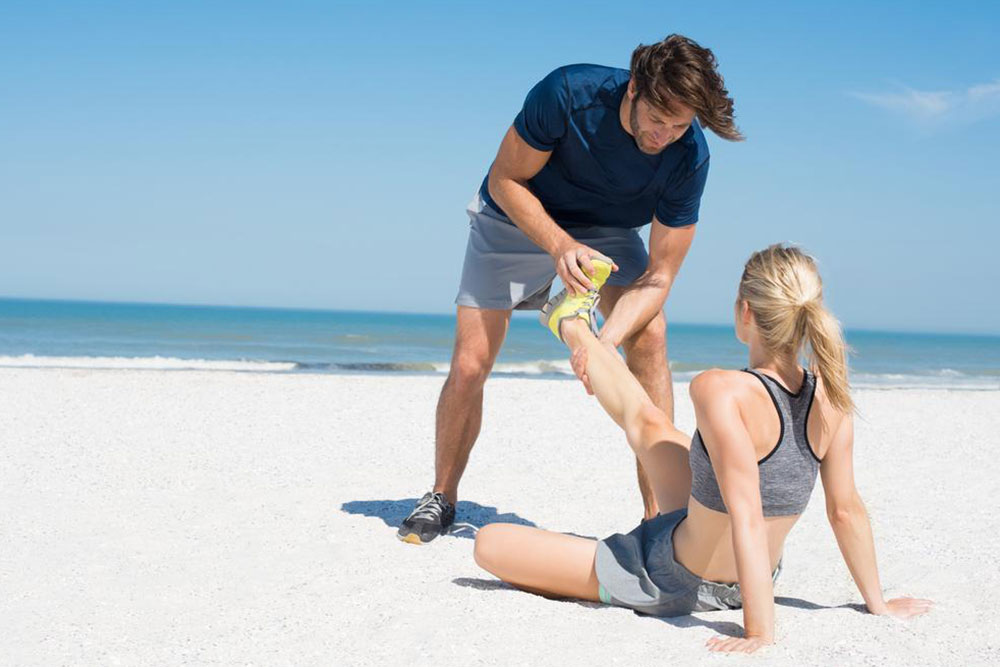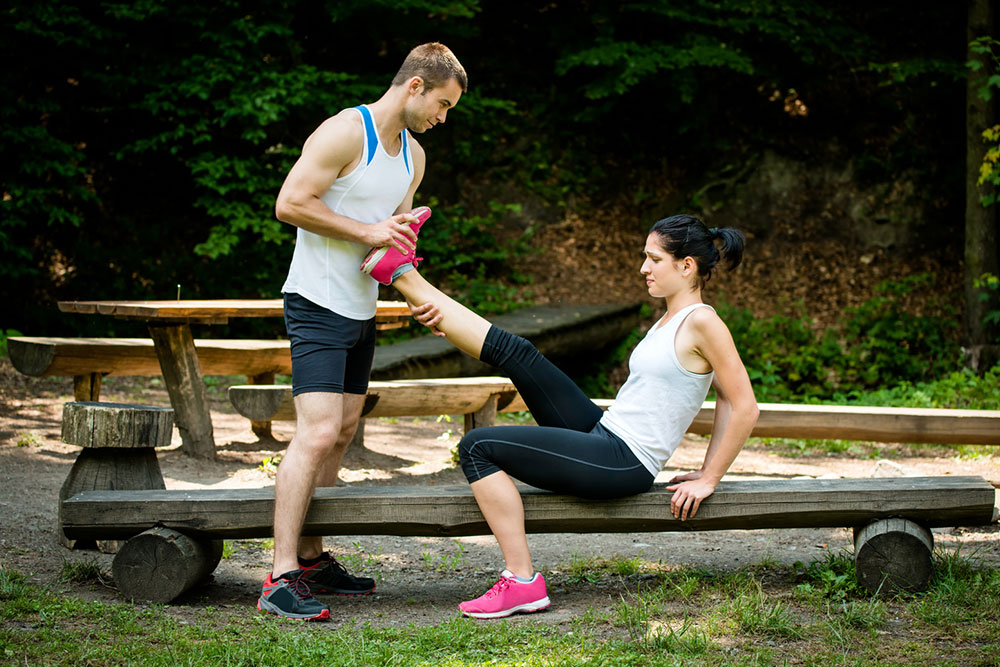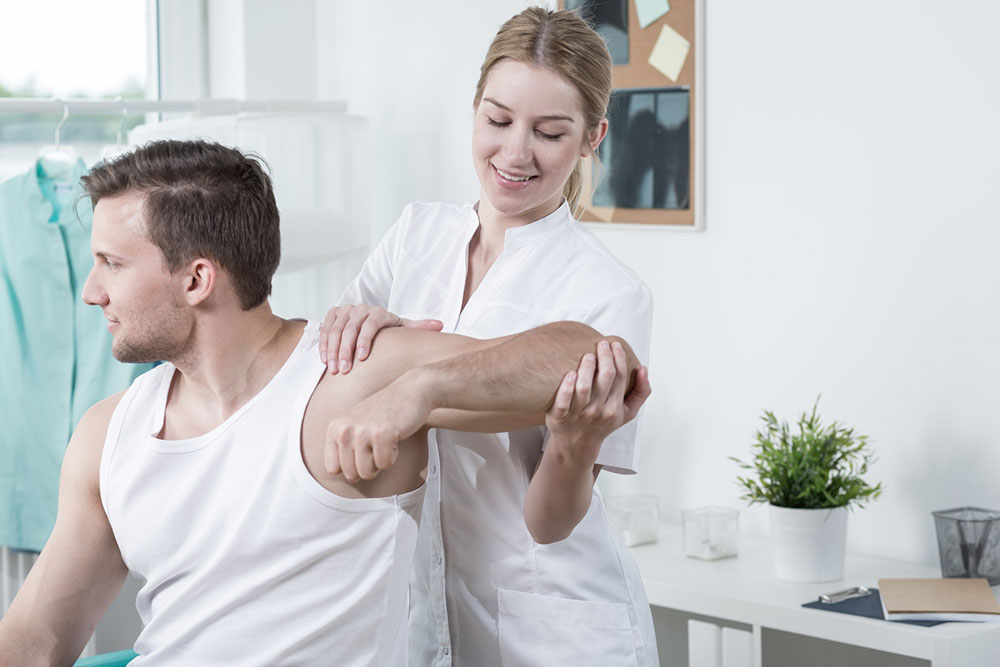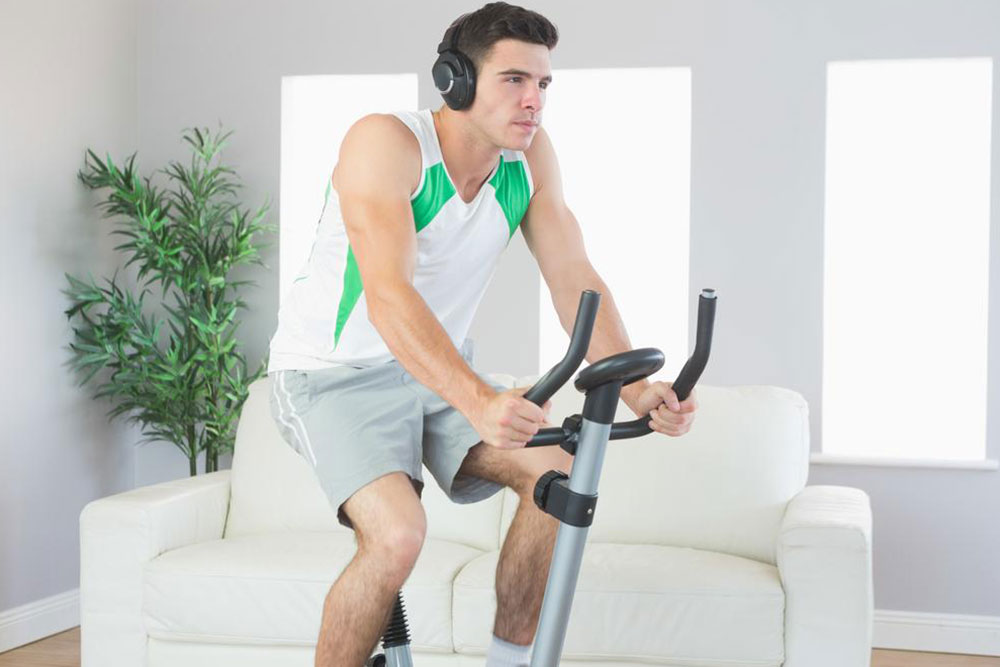Comprehensive Guide to Muscle Cramps: Causes, Prevention, and Effective Remedies
Discover the comprehensive causes, prevention tips, and effective remedies for muscle cramps. Learn how proper hydration, nutrition, stretching, and lifestyle habits can prevent painful spasms and improve muscle health. This detailed guide offers practical advice for reducing cramping episodes and alleviating discomfort quickly, making it essential for athletes, seniors, and anyone prone to muscle spasms.

Comprehensive Guide to Muscle Cramps: Causes, Prevention, and Effective Remedies
Muscle cramps are sudden, involuntary contractions or spasms that typically cause intense discomfort and pain in various muscle groups. Although they are often temporary and harmless, these involuntary muscle contractions can disrupt daily activities and cause significant discomfort. Understanding the underlying causes of muscle cramps, how to prevent them, and effective remedies is essential for maintaining muscle health and overall wellness. This comprehensive guide explores the myriad factors behind muscle cramps, provides practical prevention strategies, and shares proven treatment methods to ease the discomfort.
Understanding the Nature of Muscle Cramps
Muscle cramps occur when muscle fibers contract involuntarily and fail to relax. The abrupt, painful spasms can last from a few seconds to several minutes, often affecting the calf, thigh, foot, or hand muscles. While most cramps are benign, recurrent episodes might indicate underlying health issues, making it crucial to identify risk factors and take preventive measures.
Common Causes of Muscle Cramps
Several factors contribute to the onset of muscle cramps. These include physical activities, nutritional deficiencies, dehydration, and age-related muscle changes. Below is a detailed explanation of typical causes:
Intense or Unfamiliar Exercise
Engaging in strenuous activities or trying new sports without proper training can overtax muscles, leading to fatigue and cramps. Maxing out during a workout, especially late at night, is a common trigger.
Prolonged Walking and Physical Activity
Walking for long distances or on hard surfaces such as concrete pavement strains leg muscles, increasing cramp risk. Repetitive low-impact movements can also contribute.
Running and Sprinting Without Adequate Preparation
Running without proper warm-up or conditioning can cause muscle fatigue. Sudden intense sprints or jogging on stiff muscles often result in cramps, particularly in calves and thighs.
Skimping on Warm-Up and Cool-Down
Omitting warm-up routines before physical activity reduces muscle elasticity and preparedness, raising the chances of spasms and soreness afterward.
Muscle Weakness or Fatigue
Weak muscles from sedentary lifestyles or certain health conditions are more prone to cramping under stress.
Age-Related Muscle Changes
As we age, natural muscle weakening and decreased elasticity make older adults more susceptible to cramps during physical activity or at rest.
Nutritional Deficiencies
Inadequate intake of essential minerals such as potassium, calcium, and magnesium impairs muscle function, creating a fertile ground for cramps.
Dehydration and Electrolyte Imbalance
Insufficient water intake causes dehydration, which disturbs electrolyte balance and can result in painful muscle spasms.
Preventive Measures and Lifestyle Tips
Prevention is always better than relief. Here are some practical steps to reduce the occurrence of muscle cramps:
Maintain Proper Hydration
Drink plenty of water throughout the day, especially before, during, and after physical activity.
Ensure Nutritional Adequacy
Incorporate foods rich in potassium (bananas, sweet potatoes), calcium (dairy products, leafy greens), and magnesium (nuts, seeds) into your diet to support muscle function.
Warm-Up and Cool-Down Routines
Always spend 5-10 minutes warming up muscles before exercise and stretching afterward to enhance flexibility and prevent spasms.
Gradual Training Progression
Increase exercise intensity gradually to allow muscles to adapt and strengthen without overexertion.
Address Underlying Health Conditions
Conditions like diabetes, thyroid disorders, or circulatory issues should be managed under medical supervision to reduce cramps.
Regular Exercise and Muscle Strengthening
Incorporate routine resistance training and stretching exercises to improve muscle resilience and flexibility.
Effective Remedies for Muscle Cramps
When cramps strike, immediate relief is often needed. Here are proven methods to ease pain and relax tense muscles:
Gentle Stretching and Massage
Carefully stretch the affected muscle, such as pulling your toes toward your shin for calf cramps, followed by gentle massage to increase blood flow.
Applying Heat or Cold
Use a warm towel, heating pad, or warm bath to relax muscles. Cold packs can help reduce inflammation if cramps are severe.
Hydration and Electrolyte Replacement
Drink fluids infused with electrolytes, like sports drinks, during or after intense physical activity.
Over-the-Counter Pain Relief
Non-prescription NSAIDs or muscle relaxants can temporarily alleviate discomfort in persistent cases. Consult a healthcare provider before use.
Consistent Nutritional Intake
Maintain a nutrient-rich diet to prevent recurring cramps and support overall muscle health.
In conclusion, understanding the causes of muscle cramps and implementing effective prevention and treatment strategies can significantly improve quality of life. Whether through lifestyle modifications, nutritional adjustments, or immediate relief techniques, managing cramps proactively helps avoid unnecessary discomfort and supports overall muscular health.





